Are you ready to embark on an exciting journey to explore the captivating region of Montana?
Prepare to be enchanted by the majestic mountain ranges that dominate the landscape, including the legendary Rocky Mountains.
Let’s delve into the vastness of Montana, with its expansive square miles and diverse geographical features that range from incised valleys to broad, deep, and dry valley floors.
But Montana is not just about its stunning natural beauty.
This region is also home to captivating national parks, such as the renowned Glacier National Park, where you can immerse yourself in the splendor of untouched wilderness.
Get ready to spot black bears, and mountain lions, and even witness the breathtaking sight of the majestic bald eagles soaring through the sky.
- Related article: Where Is Montana Located
Whether you’re captivated by the allure of its rich cultural history, its thriving energy production, or its impressive abundance of wildlife, Montana has something for everyone.
So, if you’re ready to embark on an unforgettable journey through a region that truly has it all, join me as we uncover the secrets of Montana, North America’s best-kept wilderness gem.
What Are the Different Types of Regions?
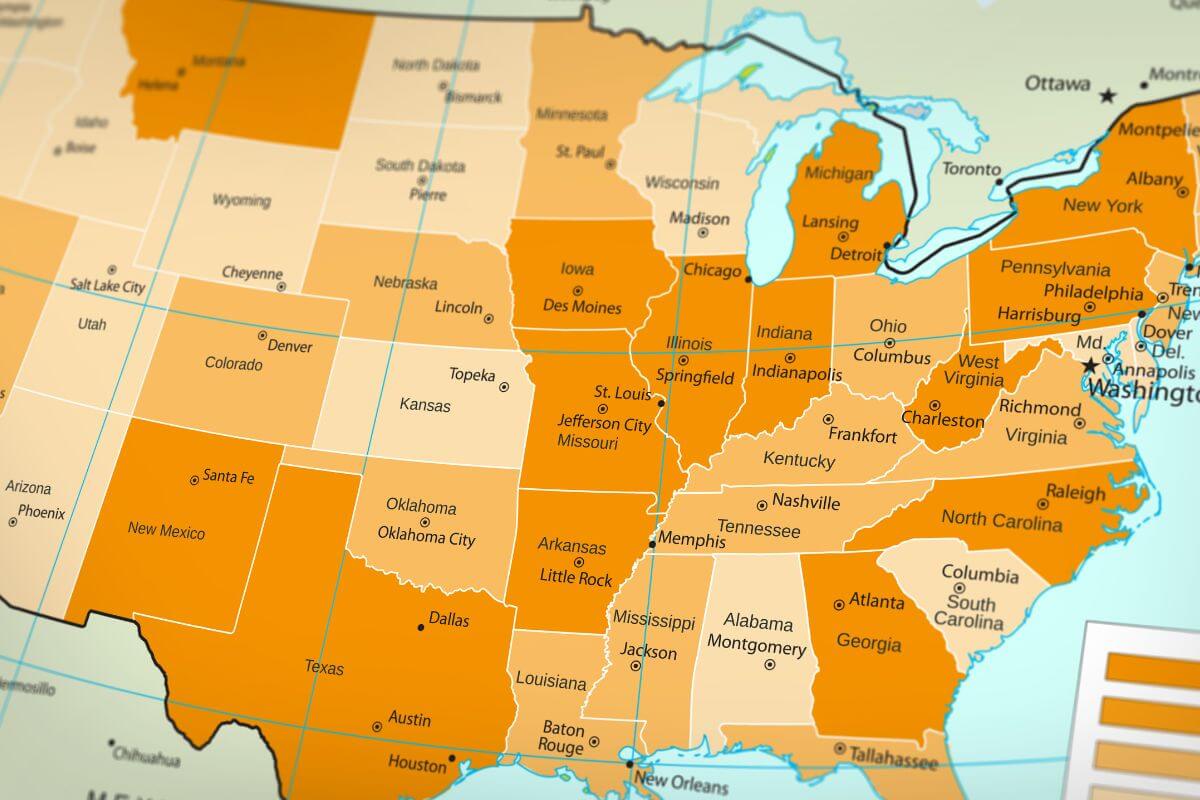
When it comes to understanding geography, regions play a crucial role in helping us make sense of the vast and diverse world we live in.
A region can be defined as a basic unit of study, characterized by a common feature that sets it apart.
These features can include government, language, political situation, or even landforms.
There are different types of regions, each with its own unique characteristics.
| Region Type | Description | Examples |
|---|---|---|
| Formal Region | Referred to as uniform or homogeneous regions with distinct and consistent features that set them apart from their neighboring regions; Defined based on measurable and objective criteria such as physical, cultural, political, or economic attributes | States, countries, cities, territories sharing comparable climate or landforms |
| Functional Region | Known as nodal regions that are formed by interactions and connections around a central point or node; Boundaries are flexible and depend on the extent of interaction | Transportation networks; Economic trade areas; Communication systems |
| Perceptual Region | Called as vernacular or perceptual-cognitive regions that are shaped by people’s perceptions, feelings, and thoughts about an area; Subjective in nature; Can overlap with other regions | “American Midwest”; “The Deep South”; “The Middle East” |
Regions are essential for understanding the diverse and interconnected world around us.
From physical features to human characteristics, functional relationships to examples of each region, this brief exploration sheds light on the fascinating complexity and diversity of the world we live in.
So, let’s keep discovering, as each region has a story waiting to be told and experienced.
What Type of Region Is Montana?
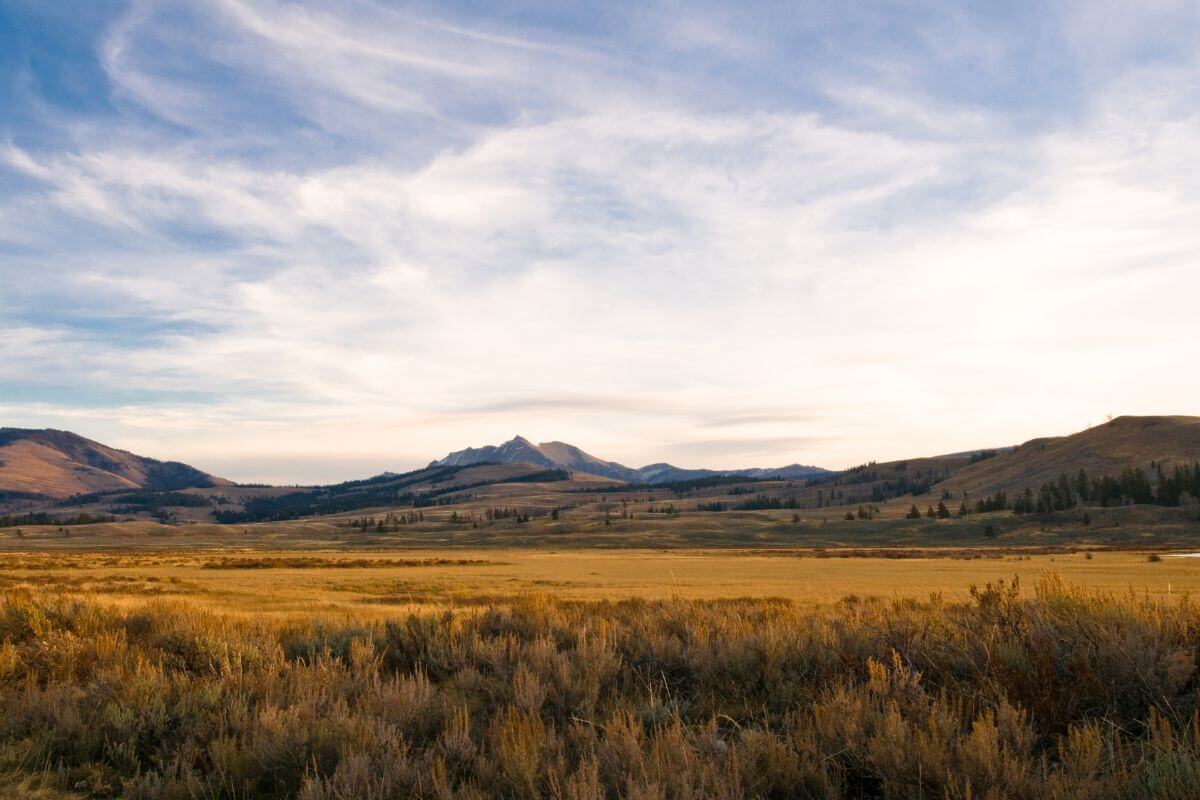
When it comes to categorizing regions, Montana falls under the umbrella of what is known as a formal region.
This means that Montana is defined by specific, measurable, and objective characteristics that set it apart from its neighboring areas.
Montana boasts clearly defined boundaries, making it a distinct and identifiable geographic area.
It is a state within the United States, with its own government, laws, and administrative structure. Montana’s dense population shares common cultural traits, values, and traditions, creating a sense of unity among its residents.
From shared language to a rich historical background, Montana’s unique customs contribute to its formal regional identity.
Furthermore, Montana’s economy is often based on industries and activities that are specific to the region.
Natural resources like agriculture, mining, and forestry play a significant role in shaping Montana’s economic landscape.
But the true allure of Montana lies in its diverse geography. From the Great Plains to the majestic Rocky Mountains, this state is a captivating blend of vast prairies, towering mountain ranges, and winding rivers.
While Montana’s geography, climate, and natural resources are key aspects of its formal regional classification, it’s essential to recognize that formal regions are just one way of understanding and categorizing geographic areas.
Functional regions and perceptual regions offer different perspectives based on interactions and connections, as well as people’s perceptions and feelings about an area.
Montana’s classification as a formal region is a testament to its unique geographical characteristics, rich cultural heritage, and diverse economy.
It is a breathtaking slice of America that beckons explorers and adventurers from all corners of the world.
Montana’s Geographic Boundaries
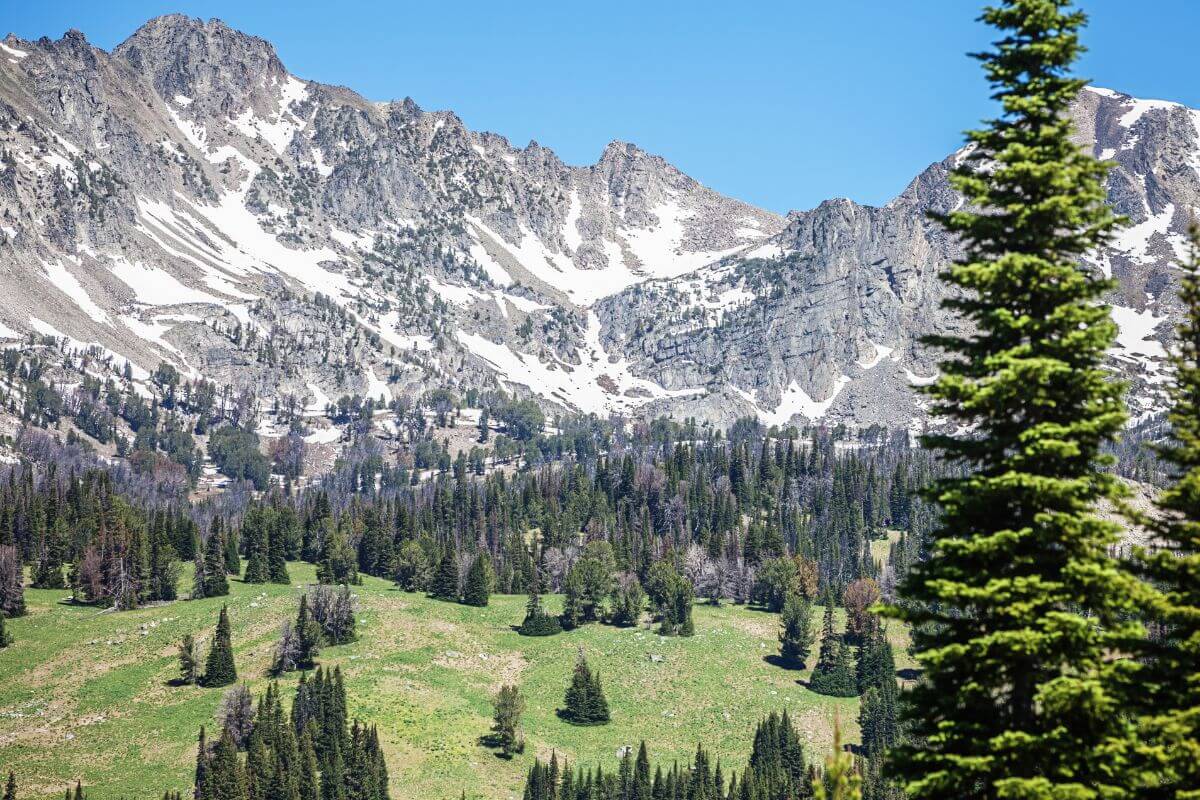
When it comes to geographic boundaries, this state is truly a force to be reckoned with.
Spanning a grand total of 147,040 square miles, Montana proudly claims the title of the 4th largest state in the United States.
From the majestic Rocky Mountains in the west to the dry land formations of the east, Montana’s geographical diversity knows no bounds.
Nestled in the heart of North America, Montana shares its borders with a variety of neighboring states and provinces.
To the north, it rubs shoulders with the Canadian provinces of Alberta and Saskatchewan, while to the east, it meets the states of North and South Dakota. Wyoming joins in on the fun to the south, and Idaho completes the picture to the southwest.
- Learn more about the Bordering States of Montana
In the eastern regions, you’ll find the sprawling plains and expanse of sky that seem to stretch on for eternity.
Venture towards the southwest, and you’ll encounter the rugged beauty of the Rocky Mountains.
Turning your gaze westward, you’ll discover the enchanting allure of Western Montana with its pristine lakes and breathtaking scenery.
In the northwest, you’ll find the astonishing Flathead Lake. Finally, journeying to the southeast will bring you face-to-face with the copper mining cities and the captivating Flathead rivers that flow into the Hudson Bay.
Montana truly is a land of awe-inspiring natural wonders and vibrant communities, all nestled within the embrace of its mighty geographical boundaries.
Montana’s Political and Administrative Unity

Montana’s political and administrative unity is reflected in its well-defined constitutional framework and organized governmental structure.
The Montana Constitution was adopted in 1889, establishing the foundation for the state’s political system. Helena serves as the state capital, where the Governor’s Office is located.
At present, Greg Gianforte leads as the governor of Montana, overseeing the executive branch.
Elected for a 4-year term, the governor plays a pivotal role in upholding the laws, appointing state officials, and serving as the commander-in-chief of the state’s military forces.
The legislative branch of Montana is bicameral, comprising the House of Representatives and the Senate. The 67th Montana Legislature currently leads the state’s legislative affairs.
The House of Representatives consists of 50 members, elected for 2-year terms, while the Senate has 35 members, elected for 4-year terms. Together, they legislate on matters concerning the state’s welfare.
Montana’s judicial branch is presided over by the Montana Supreme Court, the highest court in the state. Led by Chief Justice Mike McGrath, the Supreme Court consists of 7 justices, each elected to 8-year terms.
Their primary responsibilities include interpreting the state’s laws and resolving legal disputes.
Montana is a unitary state, with all power vested in the state government.
There are no independent subdivisions with political authority, emphasizing the centralized nature of the state’s administrative organization.
This well-structured political and administrative unity, encompassing the executive, legislative, and judicial branches, along with the absence of independent political subdivisions, contributes to Montana’s distinctive identity within the United States.
With its capital, Helena, and other major cities, Montana offers a blend of governance and organization that defines its formal region.
Montana Cultural Cohesion

In Montana, cultural cohesion runs deep, connecting people through a rich tapestry of traditions, history, and shared values.
The state’s significant Native American population brings their ancient cultural traditions, vibrant languages, and exquisite art to the forefront of Montana’s identity.
Their enduring presence serves as a reminder of the deep-rooted heritage that shapes the state.
Another cornerstone of Montana’s cultural cohesion lies in its cowboy and ranching heritage.
This legacy is embedded in the very fabric of the state, with rodeos, cattle drives, and Western-style events capturing the imaginations of locals and tourists alike.
These time-honored traditions bridge generations and serve as touchstones for the mutual admiration and pride Montanans hold for their diverse background.
Embracing an outdoor-oriented lifestyle, Montanans find common ground in their shared love for nature.
Hiking, fishing, hunting, and camping are not just recreational activities; they are magnets that draw people together, fostering a sense of community and an unyielding appreciation for the breathtaking landscapes that define Montana.
Montanans also take joy in celebrating their local traditions.
Festivals, fairs, and events pulsate with the heartbeat of the state’s history and culture.
Powwows, in particular, exemplify Montana’s inclusive spirit, bringing together people from all walks of life to honor and commemorate Native American culture, fostering a sense of unity and understanding.
Yet another thread that weaves the cultural fabric of Montana lies in the deep respect Montanans hold for their natural surroundings and wildlife.
Conservation efforts are not just buzzwords; they are engrained in the very essence of the state’s identity.
The collective sense of responsibility toward protecting Montana’s natural treasures ensures the perpetuation of a cultural heritage that is deeply connected to the land.
These diverse cultural communities come together, creating an intricate and interconnected cultural experience that is unique to Montana.
Montana’s Economic Features

Montana’s economic landscape is as diverse and awe-inspiring as its breathtaking landscapes.
Here, a wealth of industries converge, each playing a vital role in shaping the state’s economy.
From the sprawling farms and ranches to the mighty mines, the thriving tourism sector to the bustling manufacturing hubs, Montana’s economic tapestry is as unique as the Big Sky Country itself.
At the heart of Montana’s economy lies its robust agriculture industry.
With vast expanses of fertile land, the state produces an abundance of crops such as wheat, barley, and potatoes.
The vibrant agriculture sector contributes around 20% to the state’s economy, serving as a testament to Montana’s rich agricultural heritage.
Mining takes center stage as the 2nd-largest industry in Montana, contributing approximately 10% to its economic prowess.
The state’s mineral-rich lands yield an array of precious resources, including copper, gold, and silver.
Montana boasts significant reserves of coal and oil, which bolster its energy production capabilities. The mining industry’s steady growth and unwavering presence contribute to Montana’s economic stability.
Tourism, with its unparalleled allure, is a major economic driver in Montana, attracting visitors from far and wide.
With its towering mountain ranges, mesmerizing national parks, and vast wilderness, the state offers a treasure trove of outdoor adventures and scenic wonders.
In Montana, economic prosperity stems from a harmonious dance between various industries, each contributing to the state’s vitality and growth.
Montana’s Environmental Characteristics
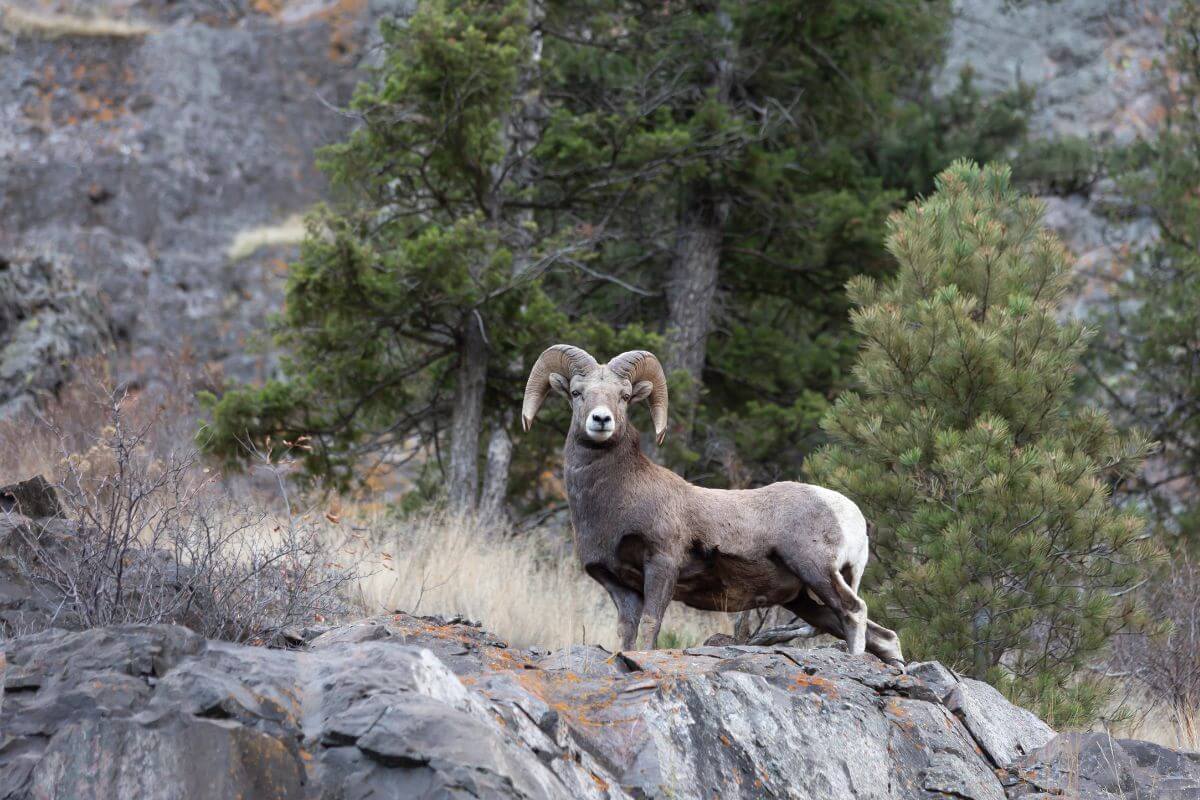
This state truly is a haven for wildlife enthusiasts and nature lovers alike.
In the heart of Montana, one can encounter a wide variety of remarkable creatures, including bighorn sheep, grizzly bears, wolves, and magnificent bison.
The state’s dedication to preserving its natural heritage is evident in its numerous national parks, such as the iconic Glacier National Park and the awe-inspiring Yellowstone National Park.
One cannot speak of Montana without mentioning its majestic Rocky Mountains.
These towering peaks span the state, reaching elevations ranging from 2,000 to a staggering 14,000 feet. The mountains serve as a refuge for a diverse array of wildlife, creating a harmonious balance between nature and its inhabitants.
About 25% of the state is adorned with lush forests, providing a sanctuary for an array of trees, such as the sturdy ponderosa pine, the stately Douglas fir, and the resilient lodgepole pine.
It is amidst these serene forests that one can truly connect with nature, finding solace and peace.
Montana’s moniker as “Big Sky Country” couldn’t be more fitting.
The wide-open spaces and expansive views of the sky are nothing short of awe-inspiring, especially in the prairie regions.
But it is not just the mountains and prairies that define Montana’s diverse landscapes.
The state is adorned with broad deep valleys, dry valleys, and enchanting coniferous forests.
The captivating fir forests thrive in the embrace of the state’s majestic mountain ranges, while the crazy mountains add a touch of mystique to the already captivating scenery.
- Learn more about Montana’s Ecological Regions
Montana truly is a wonder to behold, with its rich biodiversity, breathtaking mountain ranges, and enchanting national forests.
Montana Type of Region Final Thoughts
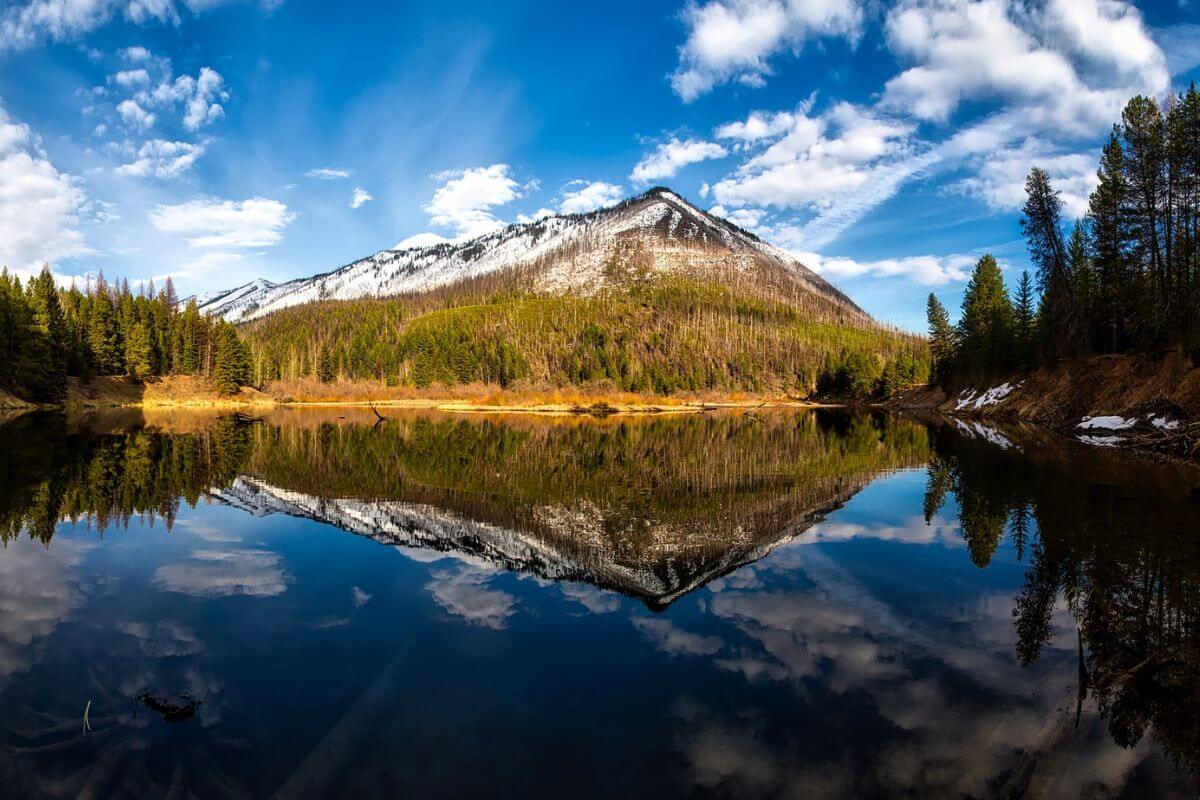
Montana categorized as a formal region is due to the specific, measurable, and objective characteristics that differentiate it from neighboring areas.
It has well-defined boundaries, a distinct cultural identity, and an economy reliant on industries unique to the region, such as agriculture, mining, and forestry.
Montana’s diverse geography, including the Great Plains and the Rocky Mountains, adds to its allure and makes it an enticing destination for explorers and adventurers.
From the towering Rocky Mountains to the enchanting valleys and expansive forests, Montana truly embodies the beauty of the American wilderness.
Montana’s thriving wildlife adds to its allure, with black bears, mountain lions, and an array of forest grouse calling this place home.
And let’s not forget the majestic Glacier National Park, with its alpine glaciers that seem to glisten under the Big Sky.
In addition to its natural splendor, Montana boasts a diverse economy that thrives in several sectors.
From the towering mountains to the deep valleys, this state offers a unique and enthralling experience for any adventurer.
With its mix of wildlife, forests, and economic sectors, Montana is both a haven for nature lovers and a land of opportunity.
Montana Type of Region FAQs
1. Where Is Montana Located?
Montana is nestled in the northwestern United States.
It is a state bordered by the Canadian provinces of Alberta and Saskatchewan to the north, and by the states of North and South Dakota to the east, Wyoming to the south, and Idaho to the southwest.
2. What Are the 3 Regions of Montana?
The Great Plains in the eastern part, the Rocky Mountains in the west, and the central Montana area with its transition zone make up the three distinct regions that makeup Montana.
Since each area in Montana has its own distinct charm and beauty, the state certainly has something to offer everyone.
3. How Is Montana a Formal Region?
Montana is undoubtedly a unique and captivating formal region within the United States.
Montana’s boundaries, physical features, cultural cohesion, and economic sectors all contribute to its recognition as a formal region.
It is a place where diverse people and landscapes come together, creating a captivating and vibrant experience for all who venture into its vast domain.
Learn more about Montana by giving these other articles a read:
- Is Montana Surrounded by Land?
- Montana’s High Desert Characteristics
- Montana’s Northern Border
- Montana’s Countryside
- https://open.lib.umn.edu/worldgeography/chapter/1-1-geography-basics/
- https://www.umt.edu/this-is-montana/columns/stories/montana_regions_1of3.php
- https://mhs.mt.gov/education/Elementary/Unit1.pdf
- https://leg.mt.gov/content/About-the-Legislature/2019guide-montana-legislature.pdf
- https://mt.gov/govt/elected_officials.aspx
- https://dnrc.mt.gov/_docs/forestry/Montana_Assessment_of_Forest_Conditions.pdf

